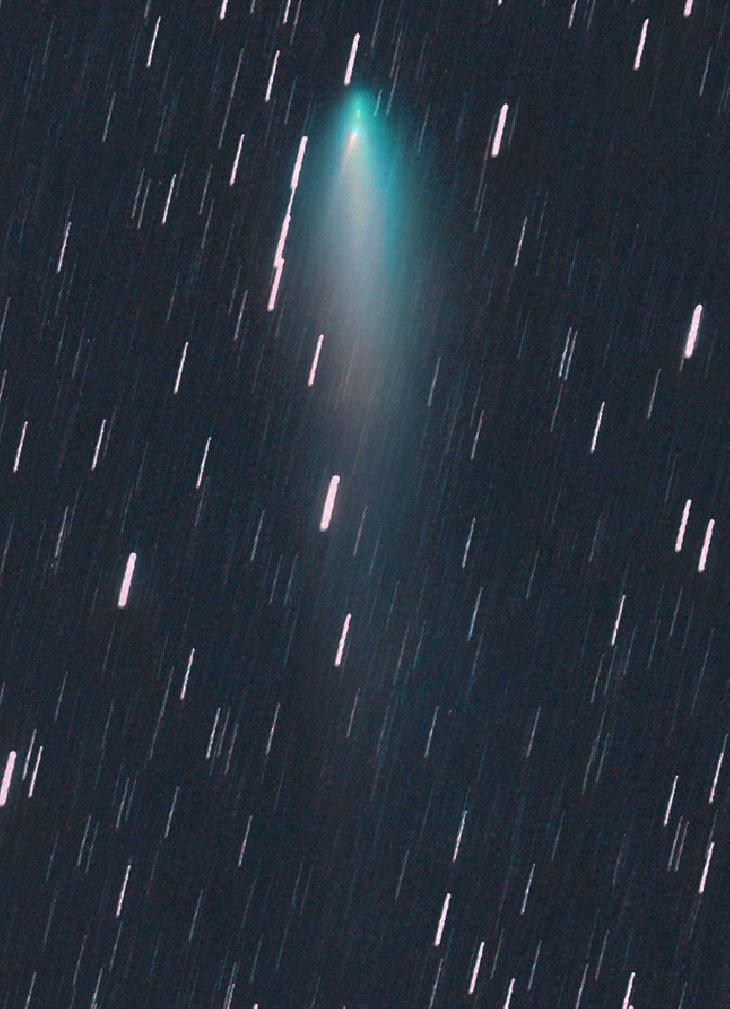Comet Explosion Might Have Led To Hopewell Culture Decline
KEY POINTS
- Researchers found evidence of a comet airburst that affected Hopewell culture
- The explosion might have destroyed agriculture and possibly levelled forests
- There is even a comet-shaped earthwork close to the airburst's epicenter
Hopewell culture suffered a rapid decline about 1,500 years ago. Researchers now find evidence that a comet airburst may have contributed to it.
Hopewell was a "notable" ancient culture that flourished in North America from 200 BCE to 500 CE. However, features of the culture started to disappeared after 400 CE. Exactly why this happened, however, has remained unclear.
In a new study published Tuesday in the Nature journal Scientific Reports, a team of researchers explored the possibility that an explosive cosmic event might have triggered the end of the Hopewell culture. To do this, they looked for evidence of a comet explosion, known as an airburst, at 11 Hopewell sites.
As the researchers explained, such explosions "release a devastating high-energy shockwave" and can burn agricultural fields, forests and even buildings.
Ancient Comet Airburst
Sure enough, they found an "unusually high concentration" of meteorites at the Hopewell sites, the University of Cincinnati (UC) noted in a news release. They also found a "charcoal layer," suggesting exposure to extreme heat and fire.
"Multiple independent comet airburst event proxies have been found on eleven Hopewell archaeological sites in the Ohio River valley, which have typological and calibrated radiocarbon age ranges of 1699–1567 B.P. (252–383 CE)," the researchers wrote. "This time period coincides with historically documented near-Earth comets and occurs immediately prior to the cultural downturn of the Hopewell."
The comet airburst likely affected an area even bigger than New Jersey and set fires to large areas, UC noted. It's unclear if there were human casualties, but study co-author and professor at UC, David Lentz, said that the surviving people would have witnessed the devastation.
"It looks like this event was very injurious to agriculture. People didn't have good ways to store corn for a long period of time. Losing a crop or two would have caused widespread suffering," Lentz said in the UC news release.
"When your corn crop fails, you can usually rely on a tree crop. But if they're all destroyed, it would have been incredibly disruptive," Lentz added. In the Tunguska airburst event in Russia, for instance, the event ended up leveling a forest.
Other Clues In History
Apart from the evidence that the experts collected, there are also other clues that indicate the likelihood of such an event. For instance, Hopewell people used the meteorites and made objects from them. There is also Hopewell earthwork that depicts the shape of a comet. Furthermore, there is also evidence of such a cosmic event in oral history passed down through generations.
"The Myaamia observed an ancient comet, which they call Lenipinšia, a horned serpent that crossed the sky and dropped rocks on the land before plummeting into the river," the researchers wrote. "The Shawnee word Tekoomsē refers to a comet known as the Sky Panther. The Haudenosaunee say that the Sky Panther, Dajoji, has the power to tear down forests."
There is also evidence of such an event in Ottawa oral histories as well as in Huron and Wyandot accounts, the researchers said, noting that these are "rooted in eyewitness events."
"What's fascinating is that many different tribes have similar stories of the event," study lead author, Kenneth Tankersley of UC, said in the news release. Tankersley is also Native American.
But despite all the evidence pointing to such a cosmic event, the researchers note that there is still more to learn. "It's hard to know exactly what happened," Lentz said. "We only have a few points of light in the darkness."

© Copyright IBTimes 2024. All rights reserved.






















